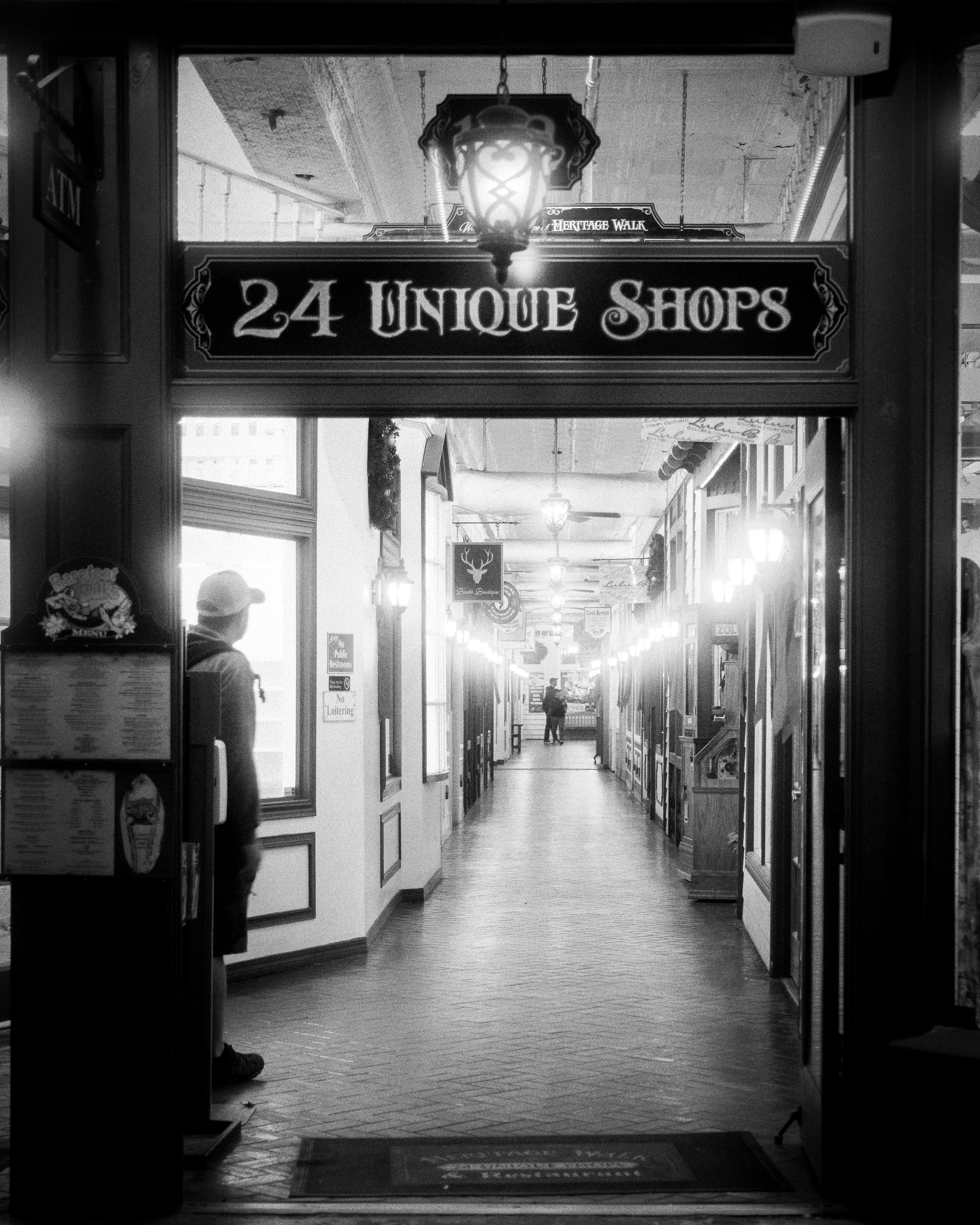
With the holidays past and more to come we’ve seen a massive focus on e-commerce brands. Think Black Friday, Cyber Monday, and even Christmas shopping being done online. One thing we can focus on through the back end is abandoned browse emails, which if you didn’t know are among the top five revenue-driving flows for an e-commerce business. But, during some audits of email marketing accounts, it’s not uncommon to find missed opportunities in set up which fail to engage customers effectively (or just half-heartedly).
When customers are a part of this flow, you’re addressing those in the consideration stage, which means they might be already comparing products, looking at your competitors, and finding some sort of alternative to what you’re selling. This is why it’s critical to not only showcase the product they’re viewing, but also make sure you’ve covered your butt on the educational side of things.
Why Abandoned Browse Flows Matter
At this stage, subtle nudges can make all the difference. Reminding customers of the product they were browsing is just the start. Here are foundational elements every Abandoned Browse email should include:
- Delivery and Returns Information: Offering clarity around shipping timelines and hassle-free returns builds trust.
- Payment Options: Highlight flexible options like Klarna or Afterpay to lower purchase barriers.
- Your Unique Selling Points (USPs): Whether it’s sustainability credentials, ethical sourcing, or local craftsmanship, emphasize what makes your brand stand out.
- User-Generated Content (UGC): Including customer reviews or photos can provide social proof and instill confidence.
For brands ready to elevate their Abandoned Browse flows, segmentation is the key to personalizing and maximizing impact. Here’s how you can split your flow paths for even greater success:
1. Leads vs. Existing Customers
Why it works: Leads are still getting to know your brand, whereas existing customers may already trust you and need different motivators.
- For leads: Focus on building trust. Highlight customer reviews, first-time purchase discounts, or your brand's USPs.
- For existing customers: Leverage their purchase history to recommend complementary items or remind them of loyalty points they could earn.
2. By Frequency of Product Views
Why it works: Someone who’s viewed a product multiple times is likely closer to purchasing than someone who has only visited once.
- For frequent viewers: Use urgency-driven messages like "Almost sold out!" or "Still thinking about it? Act now!"
- For casual viewers: Provide additional information, such as product details or reviews, to nurture their interest.
3. By Price of Items Viewed
Why it works: High-ticket items often require more consideration than lower-priced ones.
- For high-value products: Highlight financing options, warranties, or other assurances that address purchase hesitation.
- For low-value products: Create a sense of convenience with offers like free shipping thresholds or bundle deals.
4. By Number of Items Viewed
Why it works: Someone browsing multiple products may need guidance, while someone focused on one product may need reassurance.
- For multi-product viewers: Suggest curated recommendations or a "Best Sellers in Your Favorites" section.
- For single-product viewers: Include detailed reviews, lifestyle imagery, or "Frequently Bought Together" suggestions.
Takeaways
Abandoned Browse flows are a powerful way to guide customers back to their carts. By segmenting based on behavior, you can deliver highly relevant messages that speak directly to their needs and concerns. Investing time into optimizing these flows can lead to significant revenue gains—and stronger customer relationships.

